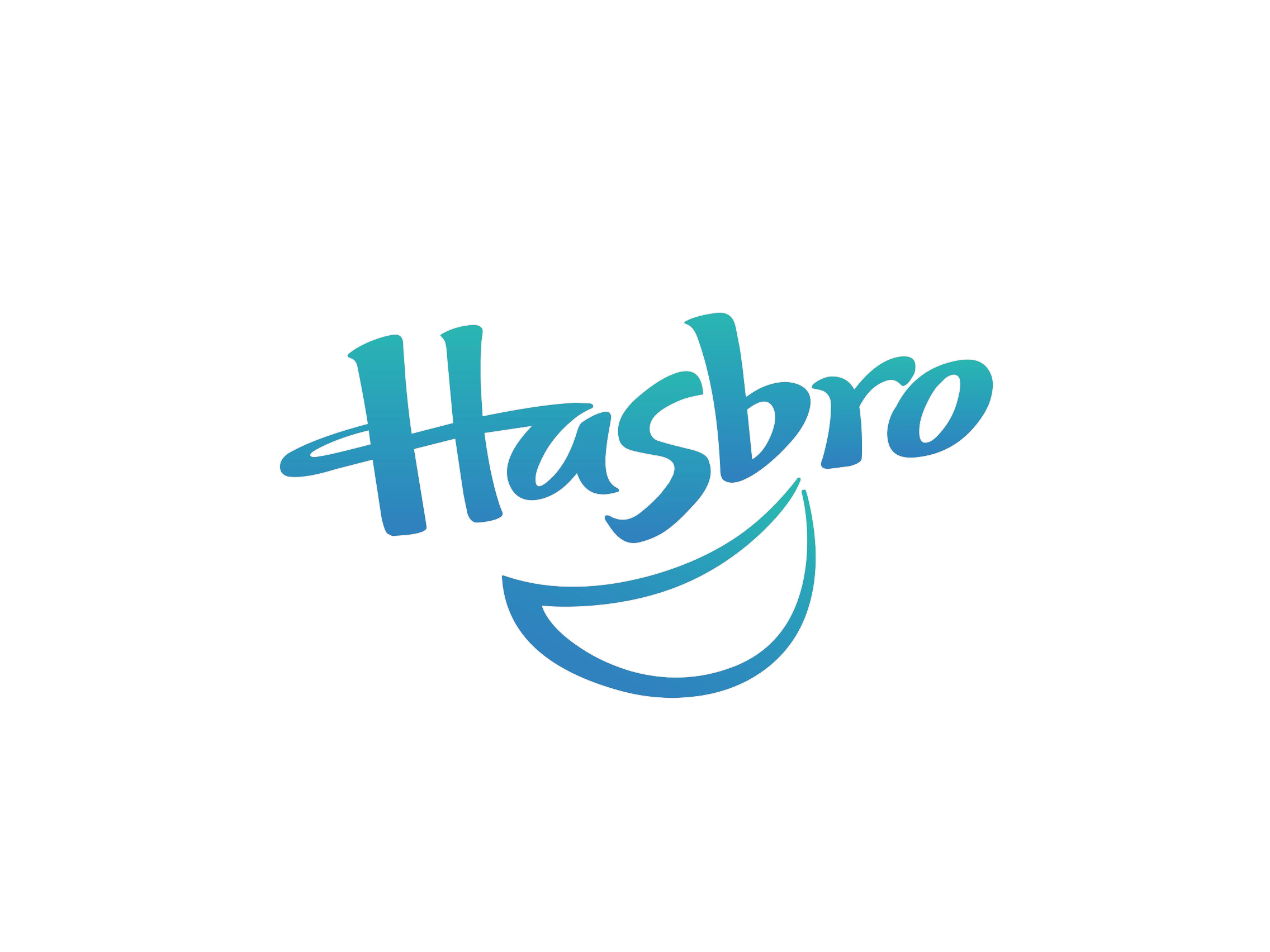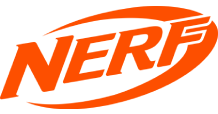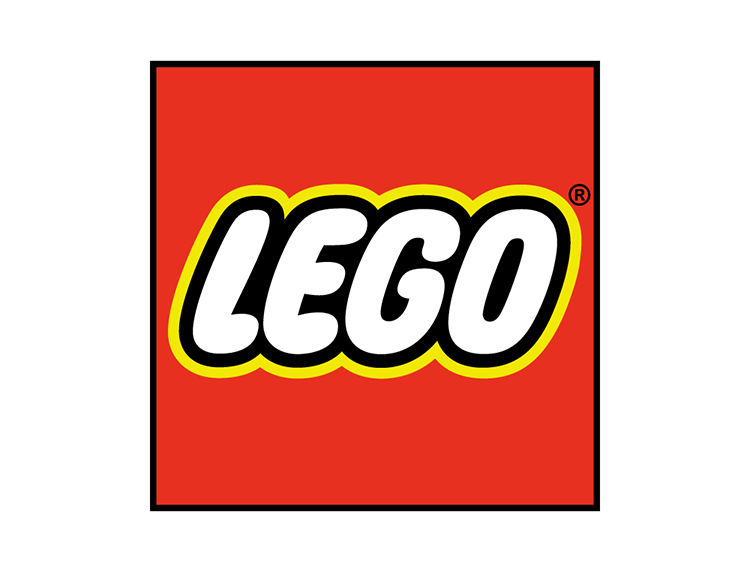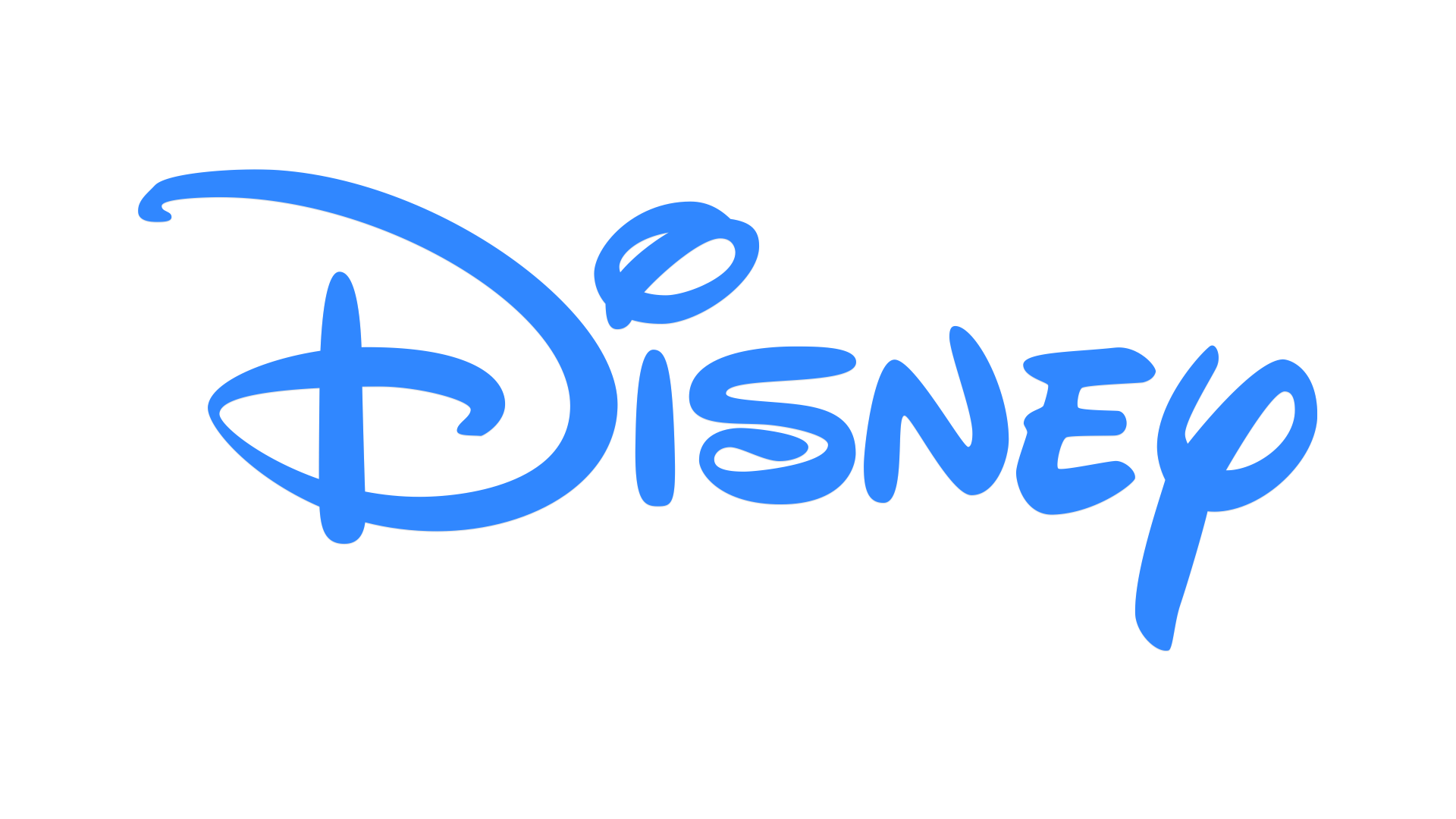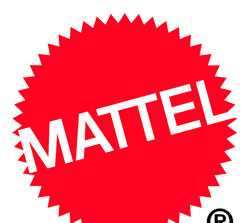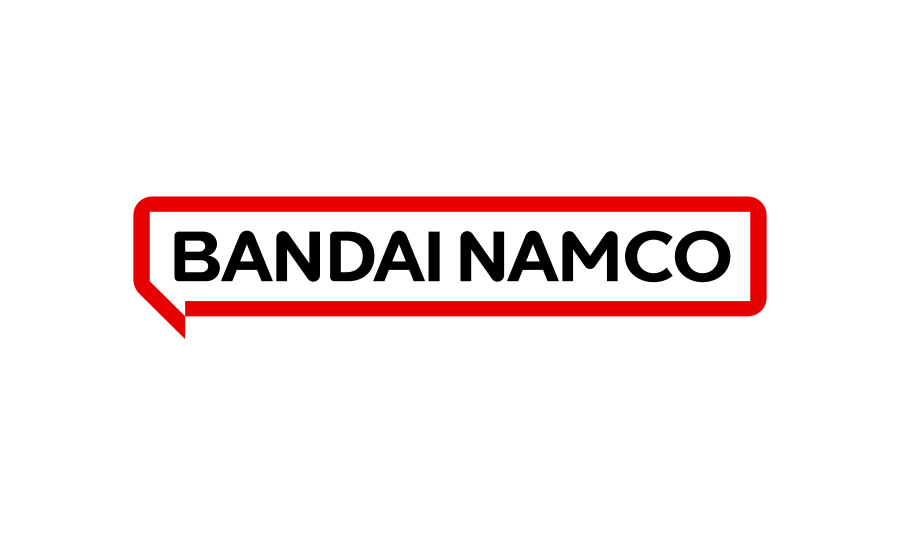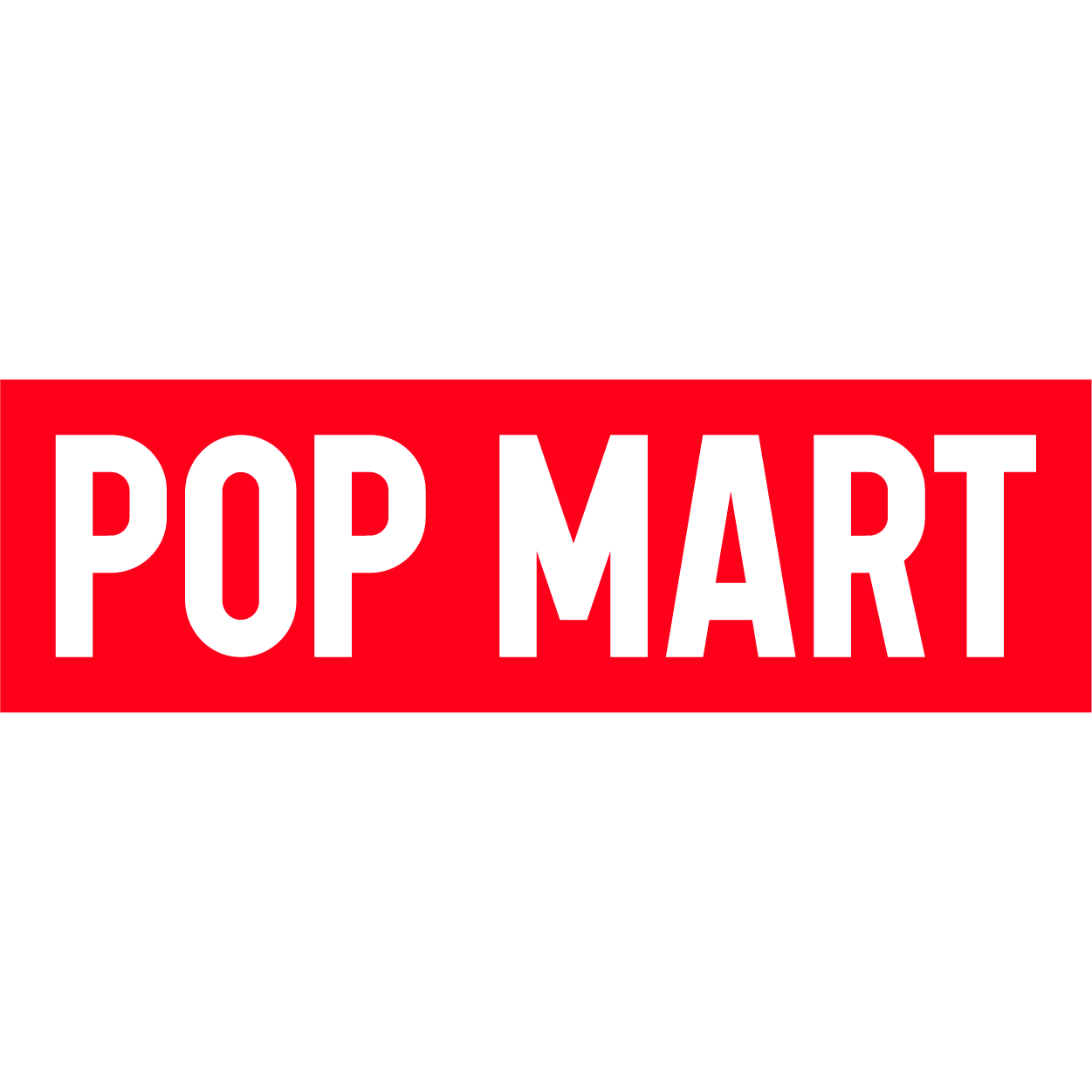Green Supply Chain CITI
Corporate Climate Action CATI
CITI score
20.24
Total Possible Score: 100Total rank
79
Out of 742 total brandsIndustry rank
2
Out of 7 total brands in the Toy industry
CATI score
14.40
Total Possible Score: 100Total rank
572
Out of 1504 total brandsIndustry rank
3
Out of 8 total brands in the Toy industry
CITI Category Scores Analysis
CATI Category Scores Analysis
CITI Category Scores Benchmarking
CATI Category Scores Benchmarking
CITI Category Scores
CATI Category Scores
1. Responsiveness and Transparency(total score: 14.00)
7.00-
1.1 Respond to Enquiries and Engage with Public
6.00Brand appoints someone to follow up on green supply chain management in China, and the frequency of communication with stakeholders occurs more often than quarterly, OR Brand appoints someone to follow up on green supply chain management in China, and employs the automatic reporting form provided by the Blue EcoChain or equivalent systems to communicate with stakeholders about green supply chain management.
-
1.2 Promote Supply Chain Transparency
1.00Brand updates published list of its suppliers in China at least annually; OR Brand has attempted to push its suppliers in China to use the Blue EcoChain or other automated system to track their own environmental performance and commit to provide public disclosures regarding violations in a timely manner, thereby accepting public supervision.
2. Compliance and Corrective Actions(total score: 18.00)
8.00-
2.1 Establish Screening Mechanism
4.00Brand employs the Blue EcoChain or other automated methods to track its suppliers’ environmental compliance AND pushes suppliers to track their own environmental compliance via Blue EcoChain or other automated methods.
-
2.2 Push Suppliers to Take Corrective Actions
4.00Brand publicly requires supplier environmental compliance in writing and commits to pushing problem suppliers to adopt corrective actions and at least publicly disclose explanations about their environmental violation issues.
3. Extend Green Supply Chain Practices(total score: 30.00)
2.20-
3.1 Responsible management of chemicals
0.50Brand extends its environmental management to chemical production, use and discharge along its supply chain, and publicly discloses matching requirements.
-
3.2.1* Responsible management of wastewater
0.70Brand extends its environmental management to wastewater generation, treatment and discharge along its supply chain, and publicly discloses matching requirements.
-
3.2.2* Responsible management of solid waste
0.00Brand has not yet publicly disclosed environmental management requirements regarding supply chain solid waste management.
-
3.3 Responsible management of logistic supplier
0.00Brand has not yet publicly disclosed its green logistics requirement.
-
3.4 Supplier self-management
1.00Brand empowers its suppliers to manage environmental risks along their own supply chains.
4. Energy Conservation and Emissions Reduction(total score: 32.00)
3.04-
4.1 Push suppliers to reduce their energy use and carbon footprint, and disclose energy and climate data
3.04Brand begins to calculate its greenhouse gas emissions, or publicly discloses its ongoing emissions reduction targets, or begins to manage emissions from its supply chain.
-
4.2 Push suppliers to reduce resource use and pollutant emissions, and disclose pollutant release and transfer data
0.00Brand has not yet publicly disclosed resource consumption and pollutant reduction target(s).
5. Promote Public Green Choice(total score: 6.00)
0.00-
5.1 Guide the public into paying attention to the environmental performance of its supply chains in China
0.00Brand has not yet guided the public into paying attention to the environmental performance of its supply chains in China.
The total score of category 3.2 is 12, while the conversion ratio for indicator 3.2.1 and 3.2.2 will vary by industry (See CITI Evaluation Guidelines-Appendix II)
1.1 Governance:
Policy Construction
(total score: 5.00)
2.00
-
1.1.1 Company has committed to climate actions and made climate declaration(s)
2.00 -
1.1.2 Company has developed corporate carbon neutrality plan and management system
0.00 -
1.1.3 Company has incorporated supplier carbon accounting and reporting into written documents such as the supplier code of conduct
0.00
1.2 Governance:
Mechanism Construction
(total score: 5.00)
3.00
-
1.2.1 Company has integrated climate-related issues into its business strategy and has specific climate-related risk management procedures
2.00 -
1.2.2 Company has integrated climate-related issues into board-level oversight
1.00 -
1.2.3 Company offers capacity building and financial incentives, and/or launches innovative projects for suppliers to reduce emissions
0.00
2.1 Measurement & Disclosure:
Scope 1&2 Emissions
(total score: 9.00)
6.00
-
2.1.1 Company has publicly disclosed Scope 1&2 emission data
2.00 -
2.1.2 Company has publicly disclosed comprehensive energy consumption and energy usage by energy types
2.00 -
2.1.3 Company has publicly disclosed carbon intensity or energy intensity
2.00 -
2.1.4 Company has publicly disclosed information on carbon emission trading
0.00
2.2 Measurement & Disclosure:
Scope 3 Emissions
(total score: 6.00)
2.00
-
2.2.1 Company has publicly disclosed Scope 3 emissions
1.00 -
2.2.2 Company collects supplier carbon emission data on a regular basis
1.00
2.3 Measurement & Disclosure:
Product Carbon Footprint
(total score: 4.00)
0.00
-
2.3.1 Company has publicly disclosed product carbon footprint
0.00
3.1 Carbon Targets Setting:
Scope 1&2 Targets
(total score: 7.00)
3.00
-
3.1.1 Company has set and publicly disclosed its ongoing Scope 1&2 emission reduction targets
3.00 -
3.1.2 Company has set and publicly disclosed its Scope 1&2 carbon neutrality target
0.00 -
3.1.3 Company has set and publicly disclosed its renewable energy target
0.00 -
3.1.4 Scope 1 & 2 climate targets are certified or approved by a third party
0.00
3.2 Carbon Targets Setting:
Scope 3 Targets
(total score: 7.00)
0.00
-
3.2.1 Company has set and publicly disclosed its ongoing Scope 3 emission reduction targets
0.00 -
3.2.2 Company has set and publicly disclosed its Scope 3 carbon neutrality target
0.00 -
3.2.3 Company has set specific objectives on promoting suppliers to set their own emission reduction targets
0.00 -
3.2.4 Scope 3 climate targets are certified or approved by a third party
0.00
4.1 Performance against Carbon Targets:
Scope 1&2 Emission Reduction Progress
(total score: 7.00)
3.00
-
4.1.1 Company has publicly disclosed progress made against its Scope 1&2 emission reduction targets
3.00 -
4.1.2 Company has publicly disclosed progress made against its Scope 1&2 carbon neutrality target
0.00 -
4.1.3 Company has publicly disclosed progress made against its renewable energy target
0.00
4.2 Performance against Carbon Targets:
Scope 3 Emission Reduction Progress
(total score: 7.00)
0.00
-
4.2.1 Company has publicly disclosed progress made against its Scope 3 emission reduction targets
0.00 -
4.2.2 Company has publicly disclosed progress made against its Scope 3 carbon neutrality target
0.00 -
4.2.3 Company tracks its suppliers’ target setting progress
0.00
5.1 Climate Action:
Decarbonization in Company Operation
(total score: 12.00)
2.50
-
5.1.1 Company has conducted non-fossil energy utilization projects and/or green power procurement and disclosed associated emission reductions
1.00 -
5.1.2 Company has conducted energy monitoring and energy management
0.00 -
5.1.3 Company has conducted energy efficiency improvement projects and disclosed associated emission reductions
1.50 -
5.1.4 Company has conducted other types of emission reduction projects and disclosed associated emission reductions
0.00 -
5.1.5 Company has reduced emissions through carbon offsets, and disclosed associated emission reductions
0.00
5.2 Climate Action:
Decarbonization in Value Chain
(total score: 7.00)
0.00
-
5.2.1 Company promotes suppliers to conduct corporate greenhouse gas and energy management
0.00 -
5.2.2 Company has launched emission reduction initiatives with raw material suppliers or supliers related to production manufacturing, and disclosed associated emission reductions
0.00 -
5.2.3 Company has launched emission reduction initiatives with logistics suppliers, and disclosed associated emission reductions
0.00 -
5.2.4 Company has published best practices on supply chain carbon management annually
0.00 -
5.2.5 Company has conducted emission reduction projects targeting other emission sources along the value chain and disclosed associated emission reductions
0.00
5.3 Climate Action:
Affiliated Company Engagement
(total score: 8.00)
1.00
-
5.3.1 Affiliates have measured and publicly disclosed their carbon emission at facility level
1.00 -
5.3.2 Affiliates have set carbon targets, tracked and public disclosed reduction progress at facility level
0.00
5.4 Climate Action:
Upstream Supplier Engagement
(total score: 16.00)
0.00
-
5.4.1 Direct suppliers have measured and publicly disclosed their carbon emissions at facility level
0.00 -
5.4.2 Direct suppliers have set carbon targets, tracked and publicly disclosed reduction progress at facility level
0.00 -
5.4.3 Indirect suppliers have measured and publicly disclosed their carbon emissions at facility level
0.00 -
5.4.4 Indirect suppliers have set carbon targets, tracked and publicly disclosed reduction progress at facility level
0.00 -
5.4.5 Company employs the Blue EcoChain or other automated methods to empower upstream suppliers to manage their supply chain carbon emissions
0.00
As carbon hotspots vary from industry to industry, a weighting factor applies across four of the five CATI activity areas: Measurement & Disclosure (15%; Indicator 2.3.1 does not apply), Carbon Targets Setting (14%), Performance against Carbon Targets (14%) and Climate Action (43%). The default weighting factors for each industry are shown in the CATI Evaluation Guidelines.
Communication Updates
-
required a toy factory to conduct an audit for its air emissions supervision record(s).This factory, through motivation from its stakeholder Hasbro, actively communicated with environmental groups to implement corrective actions for its supervision record(s) , and underwent a third-party audit to verify the effectiveness of its corrective actions.Publication Date:2023/9/4 9:57:19
-
required a toy factory to conduct corrective actions for air emissions supervision record(s).This factory, through motivation from its stakeholder Hasbro, actively communicated with environmental groups to implement corrective actions for its supervision record(s) , and disclosed information on the status of its corrective actions.Publication Date:2023/9/4 8:39:47
-
required a electronics factory to issue an explanation for wastewater, air emissions, solid waste, noise supervision record(s).This factory, through motivation from its stakeholder Hasbro, actively communicated with environmental groups to issue an explanation for its supervision record(s) .Publication Date:2022/11/11 15:03:46
-
required a factory to issue an explanation for supervision record(s).This factory, through motivation from its stakeholder Hasbro, actively communicated with environmental groups to issue an explanation for its supervision record(s) .Publication Date:2022/10/26 11:21:34
